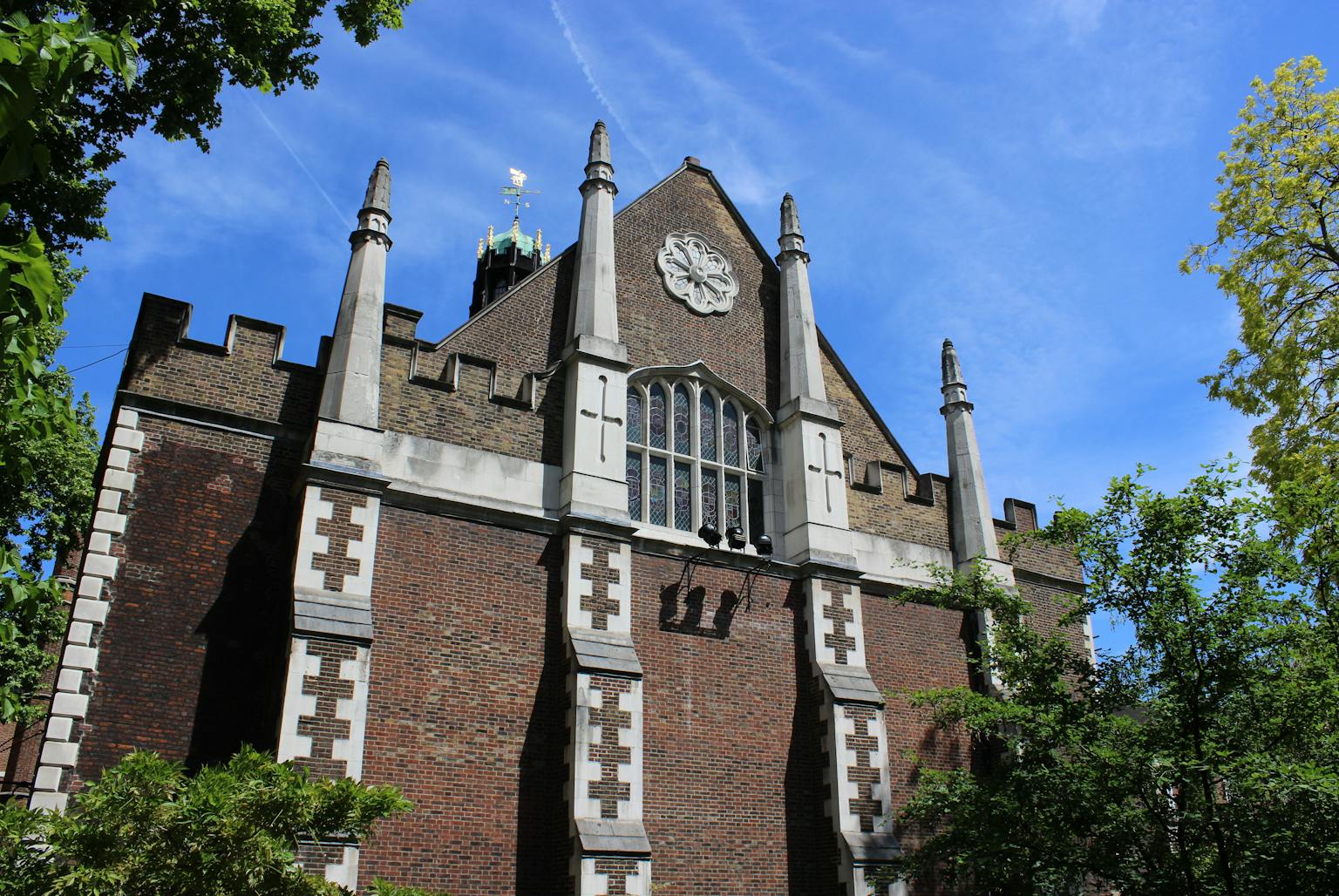
Middle Temple Hall
Complex repair of an Elizabethan roof
- Location
- London & South East
- Client
- The Honourable Society of the Middle Temple
Appointed to survey, detail and oversee the repair of the Elizabethan roof, Purcell’s brief included the repair of the lantern, which from correspondence recorded within the Estate archive, had leaked from day one.
The works extended to include increasing the capacity of the rainwater discharge systems, feasibility studies for internal re-ordering and improved commercial offer, local stone and brickwork repairs, and the installation of a discrete mansafe system.
Located in the heart of London’s legal quarter, Middle Temple Hall is one of the four ancient Inns of Court. It was built between 1562 and 1573 and remains virtually unchanged to this day. From the cobbled, gas-lit streets through to the Hall itself, the Middle Temple has been a home for legal professionals since it was first built in the 16th century.
Middle Temple Hall occupies a prominent site at the heart of the City of London, and the grounds and courtyards beneath are heavily used by Members of the Inn and pedestrians throughout the day. Public access to, and within, the Hall had to be maintained at all times, requiring a complex scaffold roof structure over the Hall and high-level platform directly beneath the Lantern.
The post-war rebuild utilised materials and techniques that had struggled to work together harmoniously. The Lantern, an adaptation of an earlier design, was a composite structure of metal and softwood framing but clad in copper and decorative oak fascias. The oak had weathered and split from its substrate, letting water into the building. In addition, the copper detailing of the weatherings had been unable to withstand the structural movement of the fabric, and this required a change of approach to the Lantern’s repair

Using archival evidence, Purcell was able to design and successfully seek consent for a revision of the Lantern weatherings from copper to more malleable cast lead sheet. The change included strengthening of the structural members, and introducing discrete weather-resistant details, such as weather bars and breathable membranes to the open plinth. The opening casements were refurbished, and the weather vane and cast-iron pinnacle caps were cleaned and re-gilded.
The roof was re-tiled in hand made clay peg tiles, with structural repairs to the Elizabethan hammer-beam structure - itself in remarkable condition - limited to wall plate and bearing-end repairs. New overflows were installed to the sumps and the hoppers repaired and re-gilded.

Studio: Canterbury


